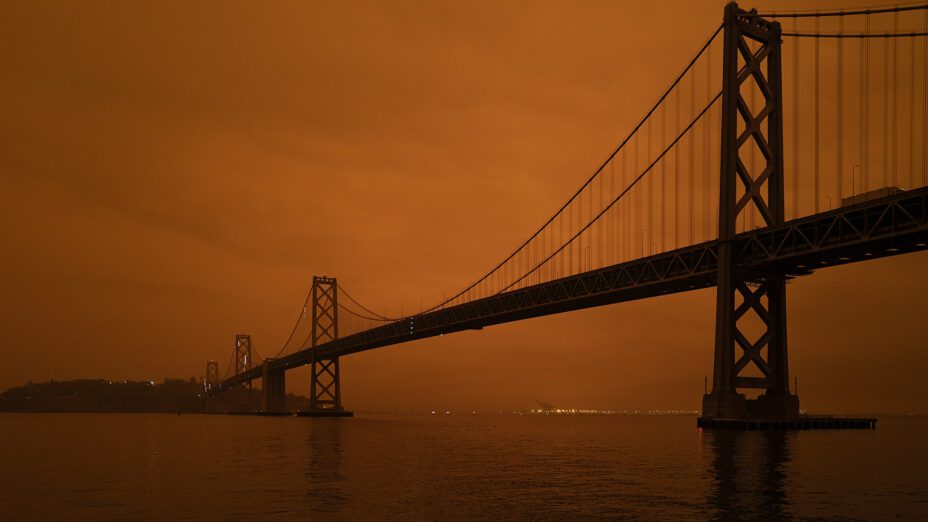
The Earth’s climate is changing with the effects of climate change being felt on a global and local level. On Mount Diablo, because of the ongoing drought, the mountain’s water springs have been reduced to a trickle, and water tanks are close to empty.
An article published by the New York Times earlier this year showcases the most recent evidence and research on climate change. This blog post summarizes the main points of the article by looking at what caused the climate crisis, what its current effects are, and what it will cost to fix it.
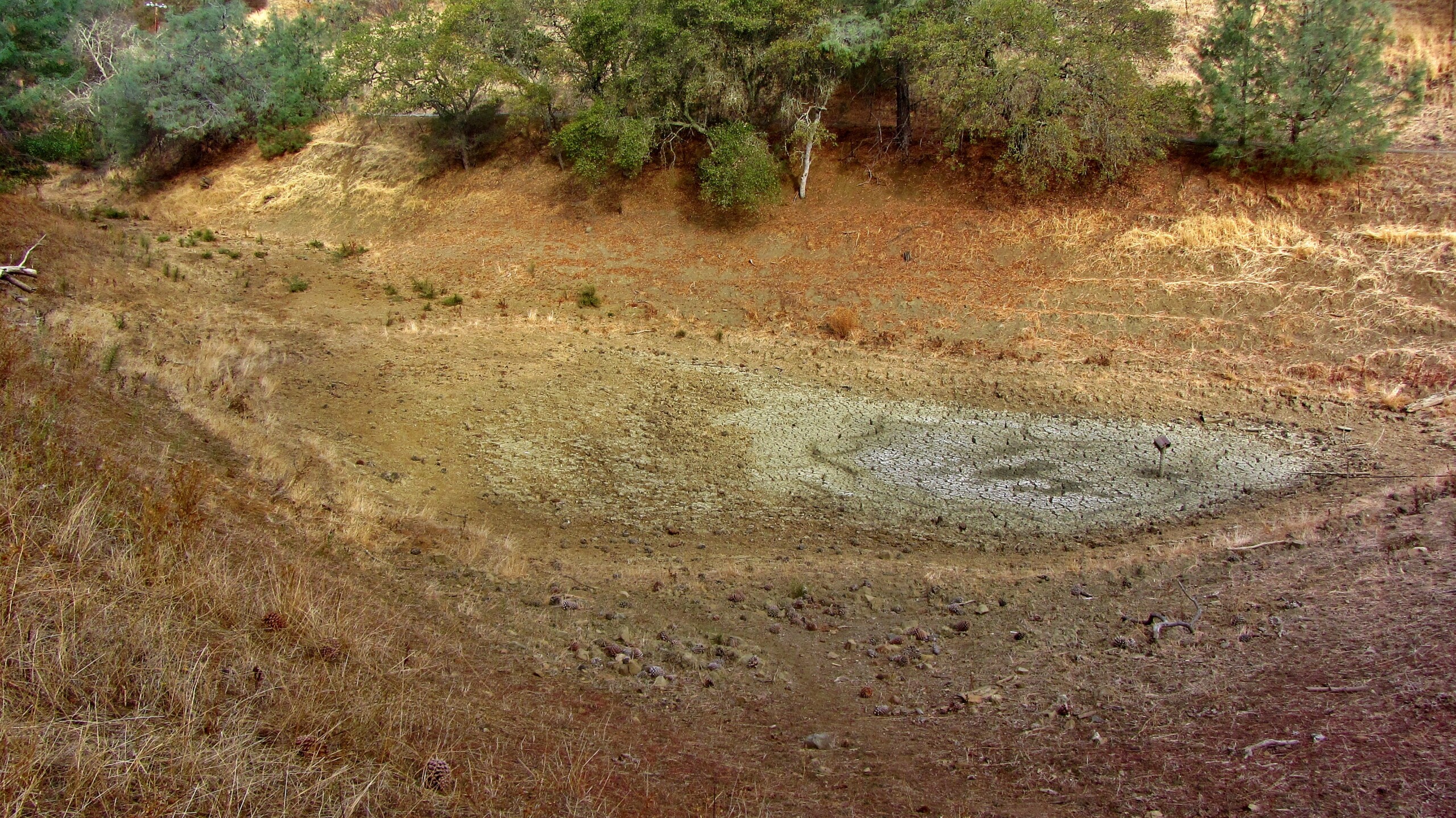
Drought has also affected Mount Diablo. Photo by Brad Heckman
1. More Than 90 Percent of Scientists Agree: Climate Change Is Happening, Humans Caused It
Currently, more than 90 percent of scientists studying the planet’s climate agree (and nearly 60 percent of the general population of the United States) agree that human activity is the primary cause of climate change.
Since the Industrial Revolution, humans have significantly altered the Earth’s climate and ecosystems by burning coal and other fossil fuels to power factories, steam engines, and other industrialized machines. Burning fossil fuels has caused the Earth’s climate to increase by 2.2 degrees Fahrenheit globally since the mid-1800s.
This 2-degree difference is creating extensive problems.
How Do We Know the Earth Is Getting Warmer?
Different datasets all show that the planet is getting warmer. During the 19th century, people measured the weather at various weather stations and ships. In more recent years, scientists began tracking surface temperature with satellites. These historical sources all show that our planet’s climate has been increasing.
Tree ring records, ice cores, corals, and sediments also provide information about prehistoric climates. They give us climate information on dates that go farther back in time.
These records show us that the global climate had remained essentially flat for centuries, but in the last 150 years, the climate has taken a sharp turn. The evidence is telling us that the planet hasn’t been this hot in at least 1,000 years.
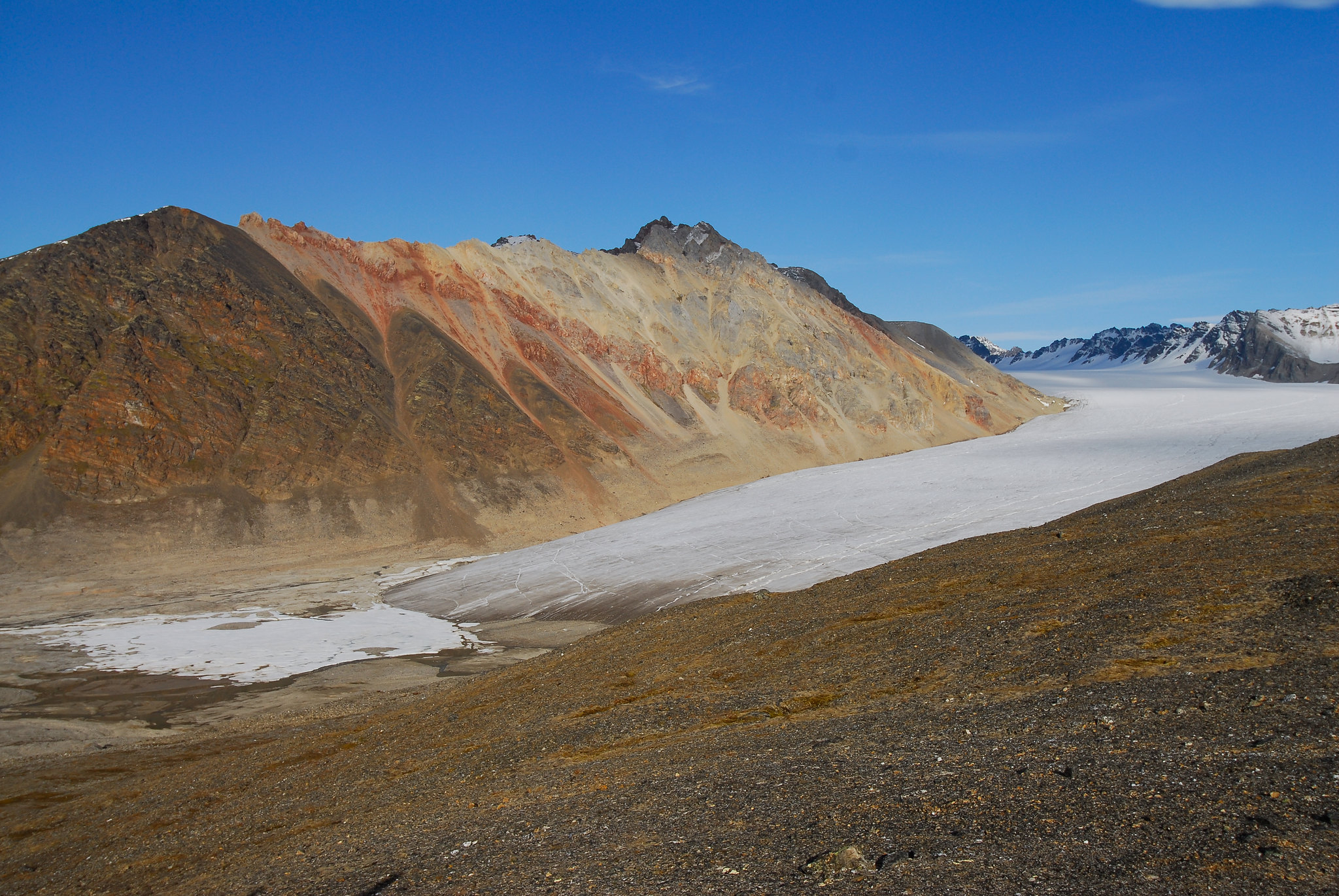
Glaciers and sea ice are melting at alarming rates. Photo by Peter Prokosch, GRID-Arendal / CC BY-NC-SA 2.0
Furthermore, there is ample evidence of climate change found right now, in front of us. Glaciers are sinking, sea levels are rising, animals are migrating to find fitting habitats, and the weather is becoming increasingly extreme.
Is Climate Change Natural?
One of the main arguments that climate change deniers bring up is that while the earth’s climate is changing, it is not our fault. Looking back on Earth’s history, the climate has been far from stable. At one point alligators lived in what is now the Arctic region, and at one point, the whole planet froze.
But the current climate crisis we’re in today really is caused by human activity. In short, a main (but not the only) contributor to the planet’s warming is greenhouse gases, because of the greenhouse effect.

The United States is the second-largest global emitter of carbon dioxide, a greenhouse gas. Photo by Richard Hurd / CC BY 2.0
Many climate skeptics are quick to point out that greenhouse gases are natural. Throughout history, sudden releases of greenhouse gases, such as by volcanic activity, have historically changed the planet’s climate.
However, since the Industrial Revolution, we have been releasing greenhouse gases into the atmosphere at an unprecedented rate. We know this because there are bubbles of ancient air trapped in ice.
By measuring the carbon dioxide concentration in these bubbles, we can see a sudden increase in carbon dioxide. Before 1750, the air showed 280 parts per million (ppm), but now, it is over 420 ppm.
As one study suggests, the odds of the current climate crisis occurring without our contributed emitting greenhouse gas emissions are less than 1 in 100,000.
2. What Will Be the Consequences of Climate Change?
We are already living with the effects of climate change now. How this will change in the future depends on how seriously we take the climate crisis right now.
The 2-Degree Difference
So the Earth’s climate has increased by 2 degrees Fahrenheit since the mid-1800s. Although this doesn’t seem like a big difference, it has already melted ice, raised sea levels, altered rain patterns globally, reorganized ecosystems, caused animals to migrate to different areas, and killed millions of trees.
The 2-degree difference only represents the global change in the climate. Other areas of the planet have increased much more dramatically. For example, the Arctic’s climate has increased by 5 degrees.
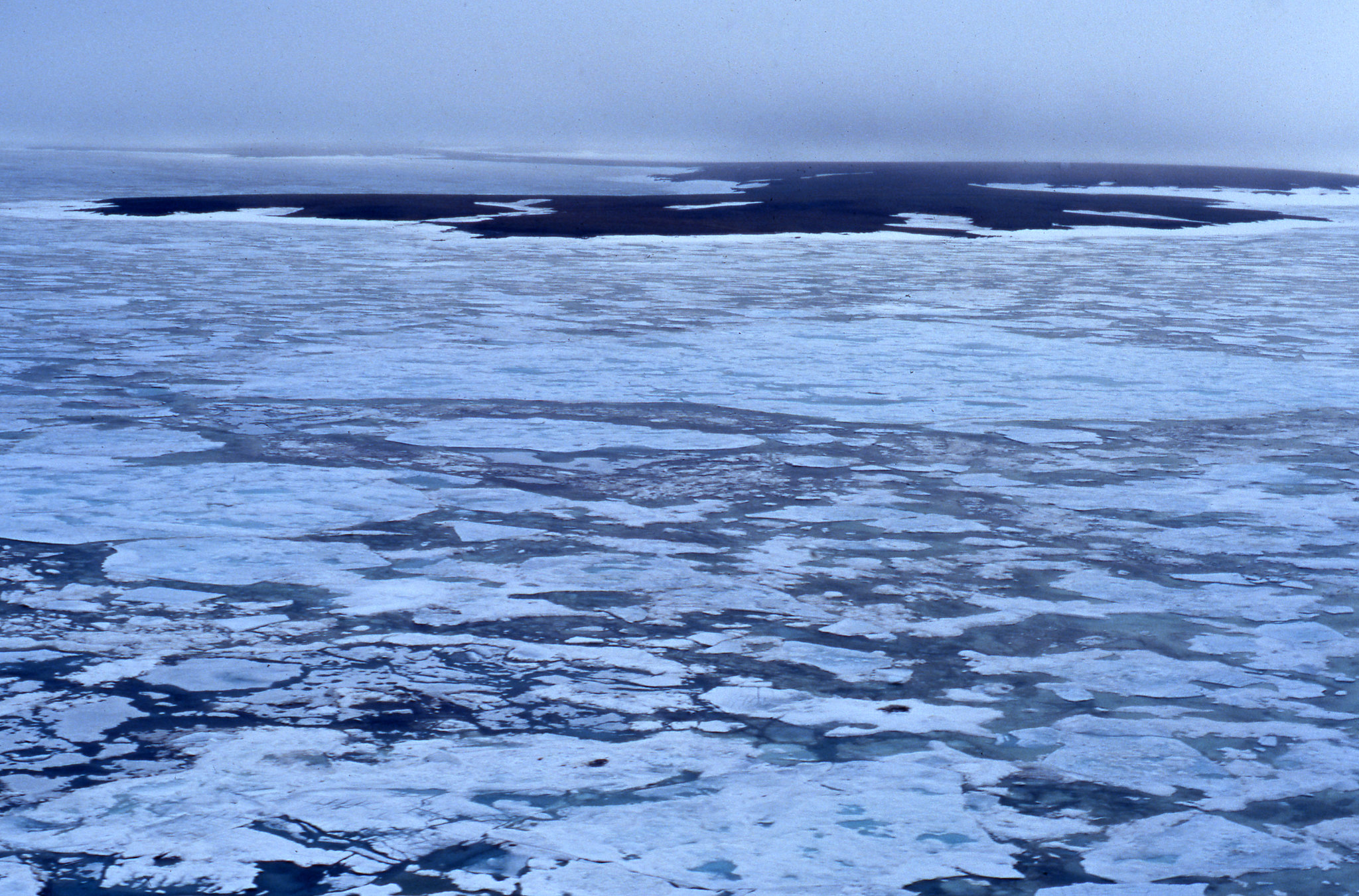
Seawater absorbs more heat than sea ice due to its darker color, which then melts sea ice. Photo by Peter Prokosch, GRID-Arendal / CC BY-NC-SA 2.0
Increasing Economic Disparity
Many books have been written by experts hypothesizing the effects of climate change. In short, climate change will exacerbate current inequalities, affecting different parts of the globe differently.
Because many undeveloped countries are in tropical regions, they will be hit harder, with climate making life increasingly intolerable for humans and crops. Many people in these countries live in poorly built houses that can be easily damaged by storms and will have fewer resources to adapt to climate change.
Even in wealthy countries, wealth disparities will be increased, as higher-income individuals will be better ready to prepare their homes for disaster and adapt to the changing climate, while people with lower incomes cannot.
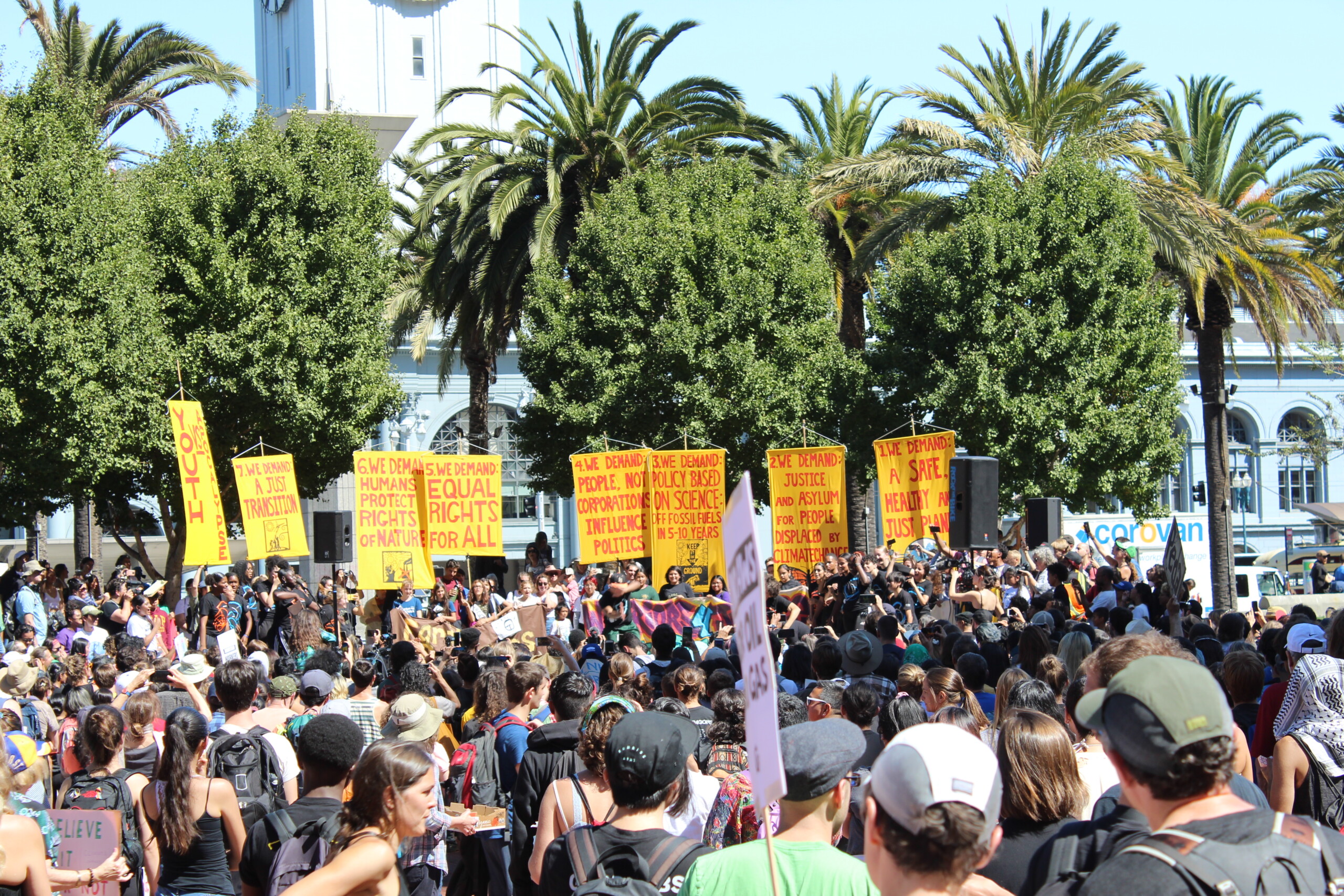
An increasing number of people are demanding that leaders take action against climate change. Photo by Laura Kindsvater
Besides exacerbating existing inequities, there could be many other issues. Scientists are predicting that there could be multiple crop failures across the world in different places, resulting in a global food crisis.
Additionally, warming weather is aiding the spread of infectious diseases. Researchers have also found correlations between rising temperatures and increased interpersonal violence and recognize that climate will cause larger conflicts nationally and with other countries.
3. Moving toward a Green Economy
We can still address the climate crisis. However, we will need to make structural changes in our society.
There are major changes we are taking today. The United States rejoined the Paris Climate Agreement, pledging to limit total warming to between 2.7 and 3.6 degrees Fahrenheit (or 1.5 and 2 degrees Celsius).
However, it is vital we prevent warming as much as possible. Studies show the difference between 2.7 and 3.6 degrees Fahrenheit means if the coral reefs will go extinct, if the Arctic will disappear, how many people will be affected by food scarcity, and more. One degree Fahrenheit makes a world of difference.

World leaders celebrate the adoption of the Paris Agreement in 2015. The agreement aims to keep global warming within 2 degrees Celsius. Photo by Arnaud Bouissou, COP PARIS
What’s the Cost?
The biggest argument against taking action to the climate crisis is that it will kill jobs and severely hurt the economy. This argument doesn’t hold much validity if one thinks about what would happen if we did nothing and let the planet get warmer.
Yes, addressing climate change will be costly, but not addressing it will cost even more while creating global suffering. Transitioning to a greener economy, on the other hand, will benefit many while creating healthier ecosystems worldwide.
To keep warming within the Paris Climate Agreement’s goal (2 degrees Celsius) we’ll need to reach net-zero greenhouse gas emissions by around 2050. We’ll need to invest in renewable energy, electric cars, charging infrastructure, and more. At the same time, we’ll have to adapt to unavoidable effects of climate change, like hotter temperatures, rising sea levels, and more.
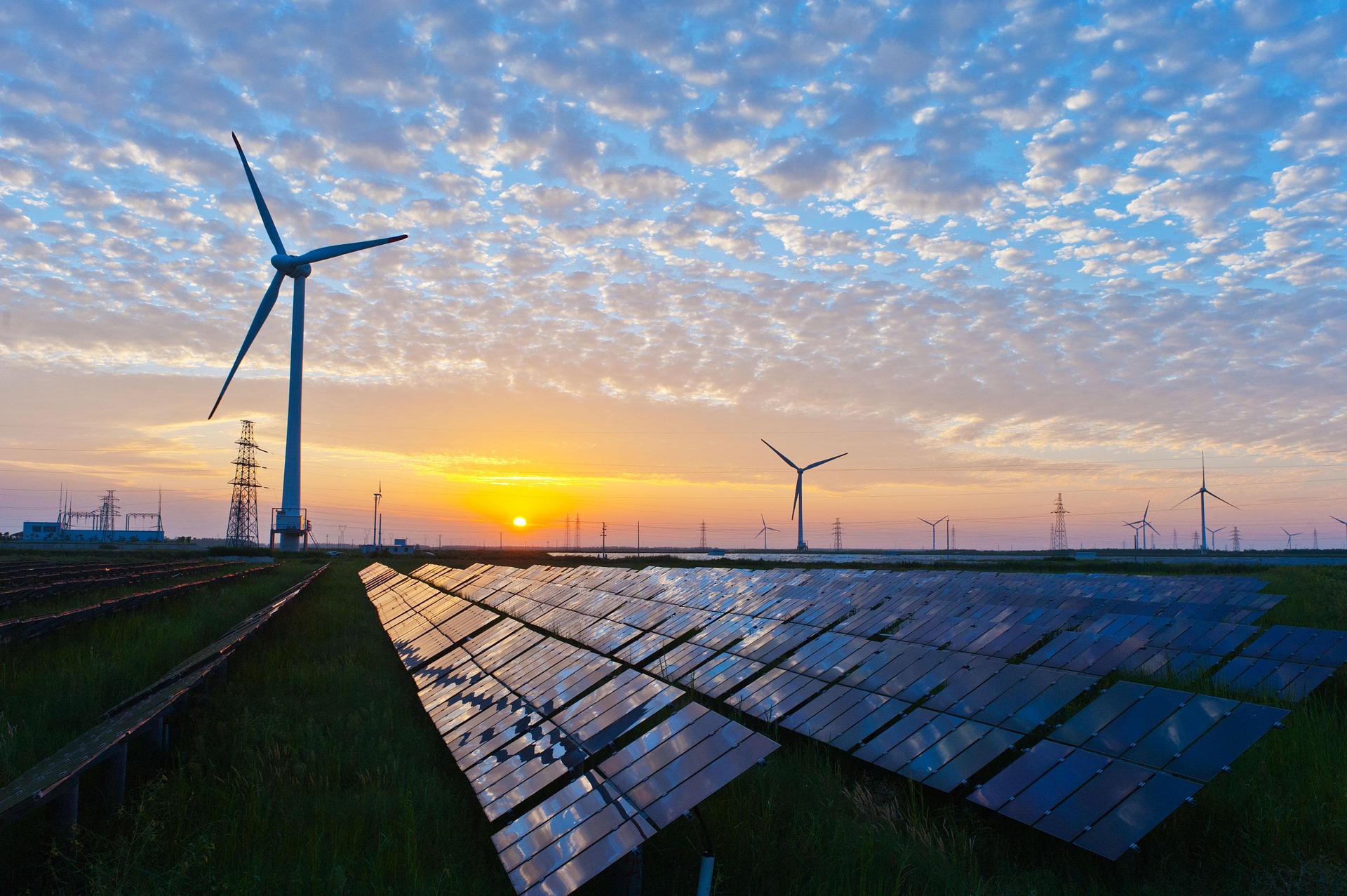
We will have to invest in alternate sources of energy to meet the goals set by the Paris Agreement. Photo by Kenueone
How much all this will cost is widely debated. One study suggests keeping warming to 2 degrees Celsius would cost between $4 trillion and $60 trillion, with a median estimate of $16 trillion. Keeping warming to 1.5 degrees Celsius could cost between $10 trillion and $100 trillion, with a median estimate of $30 trillion.
However, if we don’t make this investment, the effects of climate change are also going to be even more costly.
Property and infrastructure will be damaged from extreme weather; natural disasters will create death and sickness. Rising temperatures will increase water scarcity and energy costs; there will be massive habitat destruction. As UC Berkeley economist Dr. Hsiang puts it, it’ll be a “death by a thousand cuts.”
Climate Change Is Already Taking a Toll on the Economy
Another reason we should start investing in climate change is that we can already see its effect on the world economy. The world’s poorest countries are losing income and global agricultural productivity is going down.
In 2020, climate-related disasters cost nearly $100 billion in damages. In comparison, climate-related disasters averaged $18 billion a year in the 1980s.
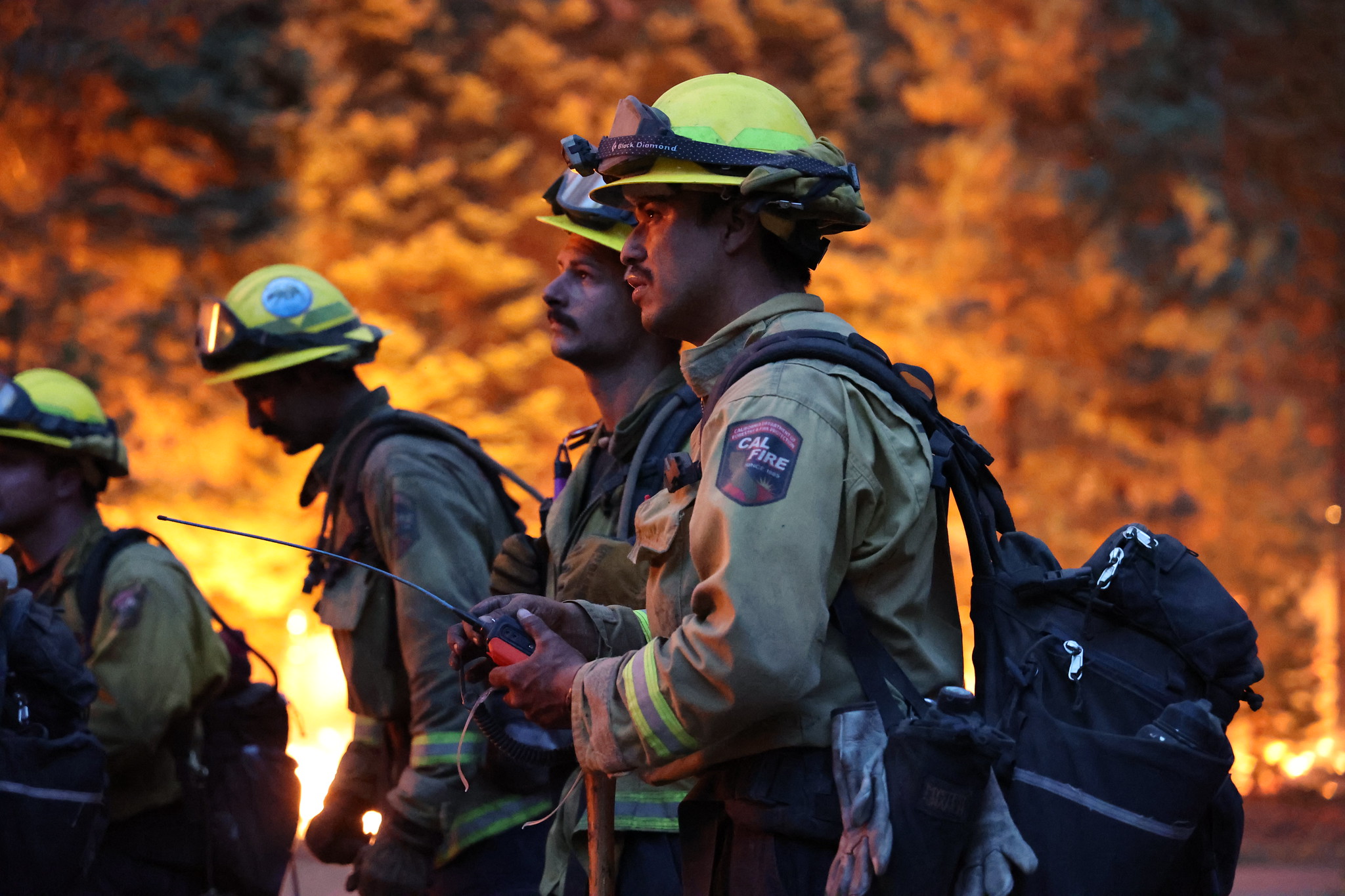
In California, wildfires have become more frequent and extreme. Photo by CAL FIRE / CC BY-NC 2.0
The longer we delay in transitioning to a green economy, the more it will cost to do it. With the transition will come many benefits, such as less air pollution and healthier food with climate-friendly diets; some studies suggest that there will be more jobs. At the end of the day, we need to act now, because the world is at stake.
This blog post was written by Floyd McCluhan.
Featured Image: “The Day the Sun Didn’t Rise” by Christopher Michel / CC BY 2.0

